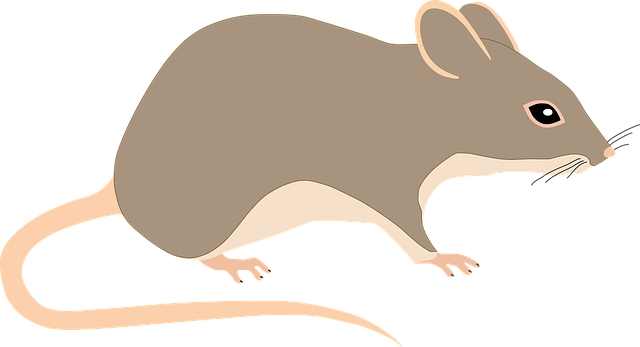When it comes to home maintenance, the crawlspace is often overlooked. Tucked beneath the living space, it’s easy to forget — out of sight, out of mind. But this critical area can harbor a range of issues that, if ignored, may lead to structural damage, health risks, and costly repairs.
1. Moisture and Mold
One of the most common dangers in crawlspaces is moisture intrusion. High humidity, groundwater seepage, and poor ventilation can create a damp environment that is ideal for mold and mildew growth. Mold spores can infiltrate the living space above, triggering allergies and respiratory issues. In regions like Maryland and Delaware, where humidity levels can rise dramatically during spring and summer, moisture control is essential.
Warning signs include musty odors, visible mold on wood framing or insulation, and excessive condensation on pipes.
2. Wood Rot and Structural Damage
Prolonged moisture doesn’t just support mold — it also leads to wood rot. Beams, joists, and subflooring exposed to constant dampness will deteriorate over time, compromising the structural integrity of the home. This type of damage may go unnoticed until floors begin to sag or structural repairs become unavoidable.
3. Pest Infestation

Crawlspaces provide the perfect shelter for pests such as termites, rodents, and snakes. Termites, in particular, thrive in moist, dark environments and can cause extensive damage before being detected. Rodents bring their own set of problems, including chewed wiring, contaminated insulation, and disease transmission.
Routine inspections and preventative measures — like sealing entry points and using pest-resistant insulation — are critical.
4. Standing Water and Drainage Issues
Improper grading, broken gutters, or a lack of a vapor barrier can result in standing water in the crawlspace. In coastal and low-lying areas, this is a frequent concern. Standing water attracts pests, accelerates rot, and can even lead to foundation movement or settlement.
Installing a sump pump or a dehumidifier, along with proper drainage systems, can mitigate this risk.
5. Air Quality and Energy Loss
Crawlspaces can significantly impact indoor air quality. Because up to 50% of the air on the first floor can come from below, pollutants and allergens can easily migrate into living areas. Additionally, uninsulated or poorly sealed crawlspaces can lead to significant energy loss, making HVAC systems work harder and utility bills climb higher.
Final Thoughts
A crawlspace should never be ignored. Regular inspections, moisture control, pest mitigation, and encapsulation solutions can help protect your home from these hidden hazards. Whether you’re a homeowner or preparing for a real estate transaction, taking proactive steps in maintaining your crawlspace will pay off in comfort, safety, and long-term savings.
